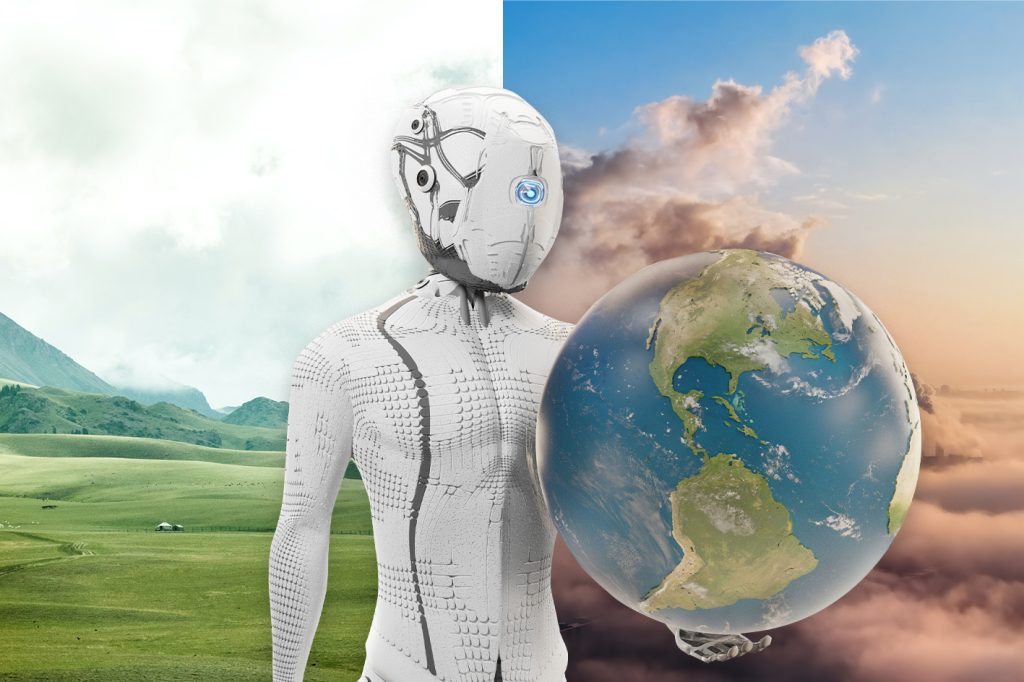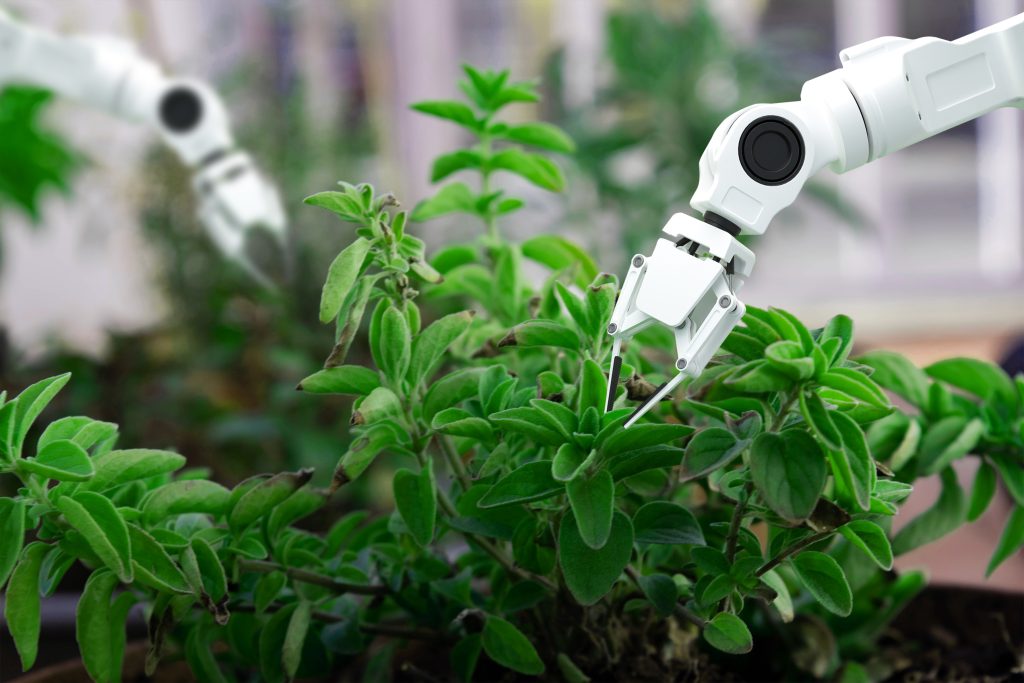
If the climate crisis continues like this, the world will not last long!
Is the climate crisis really such a big issue?
Absolutely yes!
The world’s temperature is desirable for keeping all living things alive and happy. The global temperature is dependent on balance; when the balance is lost, the climate changes, which leads to a climate crisis.
Climate change has far-reaching implications that could affect all aspects of human life, from health to the economy. The consequences of this crisis include rising temperatures, more frequent and severe natural disasters, biodiversity loss, etc. Innovative solutions can rapidly deploy on a global scale to combat climate change, and one such solution is AI. This blog will look at the causes and effects of climate change, as well as artificial intelligence solutions to the crisis.
What Causes Climate Change?
The primary cause of the climate crisis is the release of greenhouse gases such as carbon dioxide and methane, which trap heat in the Earth’s atmosphere and cause global temperatures to rise. Climate change has far-reaching consequences that affect every aspect of life on Earth, including human health, food security, economic stability, and social well-being. The crisis also exacerbates existing inequalities, with vulnerable populations bearing the brunt of the effects.
Let’s see how AI tackles this.
According to experts, the use of environmental AI applications in various sectors could contribute up to five trillion dollars USD to the global economy by 2030.
GHGs trap heat from Earth’s atmosphere and contribute to global warming. AI is used to help reduce GHG emissions equal to 5% to 10% of an organization’s carbon footprint, or a total of 2.6 to 5.3 gigatons of CO2 if scaled globally. Moreover, AI can help reduce energy waste and greenhouse gas emissions by analyzing data on energy consumption and identifying patterns of inefficiency.
AI for Sustainable Development
New advanced technologies and AI solutions will allow us all to leapfrog into a cleaner, more resilient future. We can optimize renewable energy, improve climate modeling, enhance sustainable agriculture practices, optimize transportation systems, etc., by leveraging the power of data and machine learning algorithms. AI can help with:
- Gather and complete complex datasets on emissions and climate effects.
- Strengthen planning and decision-making.
- Optimise processes.
- Support collaborative ecosystems.
- Encourage climate-positive behavior.
Optimising Energy Efficiency
AI can aid in the development and management of smart grids, which are intended to balance energy supply and demand while reducing emissions. These technologies help utilities predict and respond to changes in energy demand, improve the reliability and efficiency of energy distribution, and integrate more renewable energy sources into the grid.
AI applications in energy and transportation will have the greatest impact on reducing emissions. Let’s check some of them out.
- Microgrids: AI and machine learning are used in microgrid control systems to manage energy flow and optimize energy usage.
- Predicting energy demand and providing traders with real-time information to enable energy traders to make better decisions.
- Grid Security: Artificial intelligence and machine learning enhance energy grid security by preventing cyberattacks before they occur.
CCS Technology
Design and development of new materials that can improve the efficiency and effectiveness of CCS (carbon capture and storage) technologies. AI can help accelerate the development and deployment of CCS technologies, making them more effective in reducing greenhouse gas emissions and addressing the climate crisis. AI optimizes the storage of captured CO2 by identifying suitable geological formations for long-term storage. Moreover, the collaboration between experts in both AI and CCS is necessary to make meaningful progress.
Smart Cities: E-waste Management Using AI
E-waste management is critical to the long-term viability of any modern city today. The technological intervention will equip garbage collectors with additional tools to enable seamless waste management. AI can track the location and amount of e-waste generated by using sensors and other monitoring devices. This data can also be used to identify areas where e-waste is produced and to develop targeted solutions for e-waste management in those areas. Thereby, AI helps reduce the amount of waste sent to landfills and its environmental impacts.
Green Agriculture

Artificial intelligence used to promote sustainable agriculture practices, which help to reduce greenhouse gas emissions. Machine learning algorithms can analyze soil health, crop yields, and weather patterns to recommend when to plant, irrigate, and fertilize crops, reducing waste and increasing yields.
Enhancing Hazard Forecasting
AI is applied to improve hazard forecasting. For example, it evaluates weather patterns and ocean currents to predict the likelihood and severity of natural disasters such as hurricanes, typhoons, and tsunamis. Anyway, these applications include the management of risk and exposure through the development of infrastructure that can reduce the impact of climate hazards.
Here Is The Conclusion
Climate change poses a significant threat to global peace and security, and it will continue to have an impact on ecosystems and organisms. The climate crisis also exacerbates existing inequalities, with vulnerable populations bearing the brunt of the effects. Climate change has far-reaching consequences that affect every aspect of life on Earth, including human health, food security, economic stability, and social well-being.
Climate change is a big issue, and it happens around the world. With the help of AI, scientists are uniting to fight for and protect the earth.
Let’s wait for the next AI move.